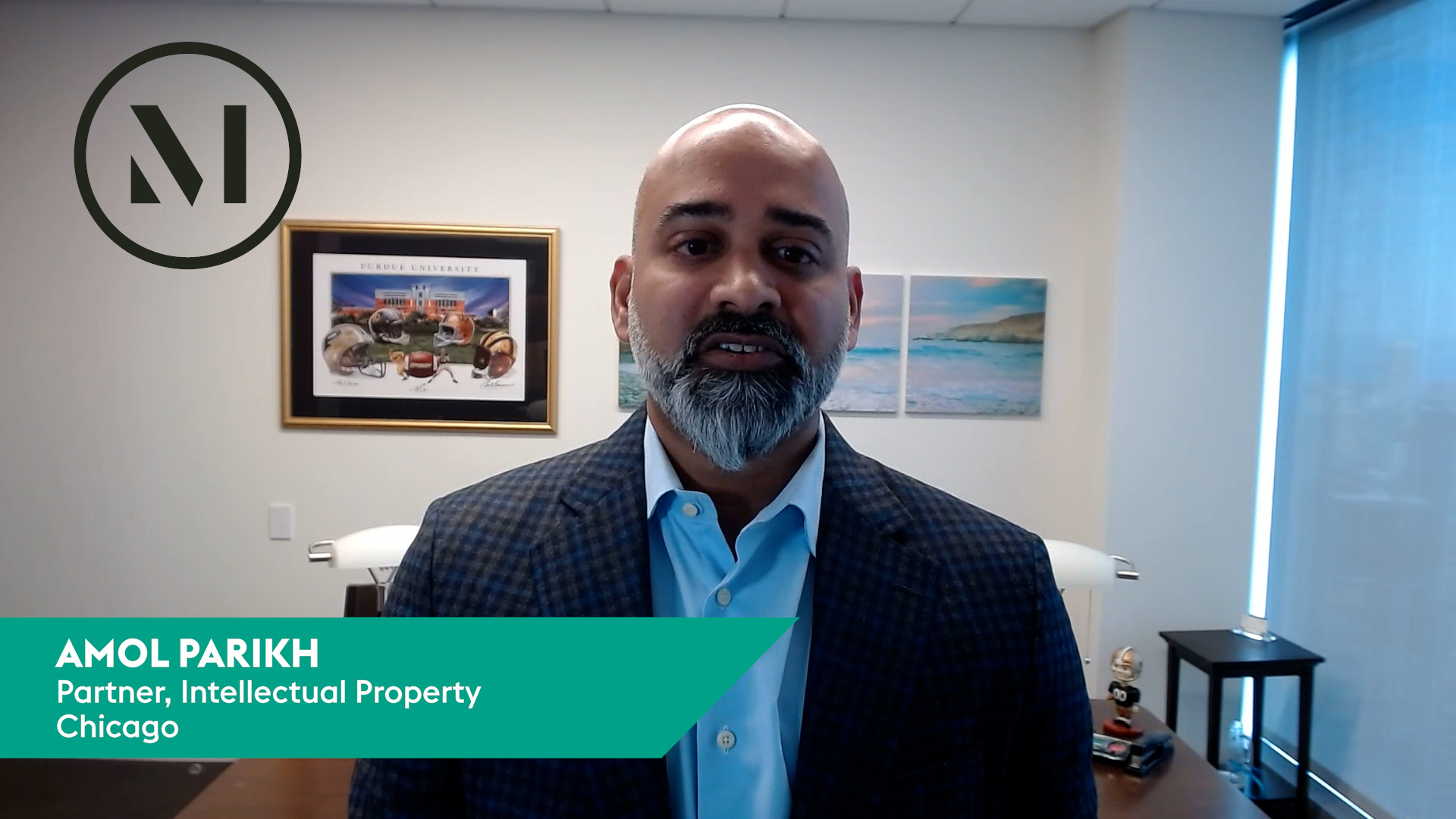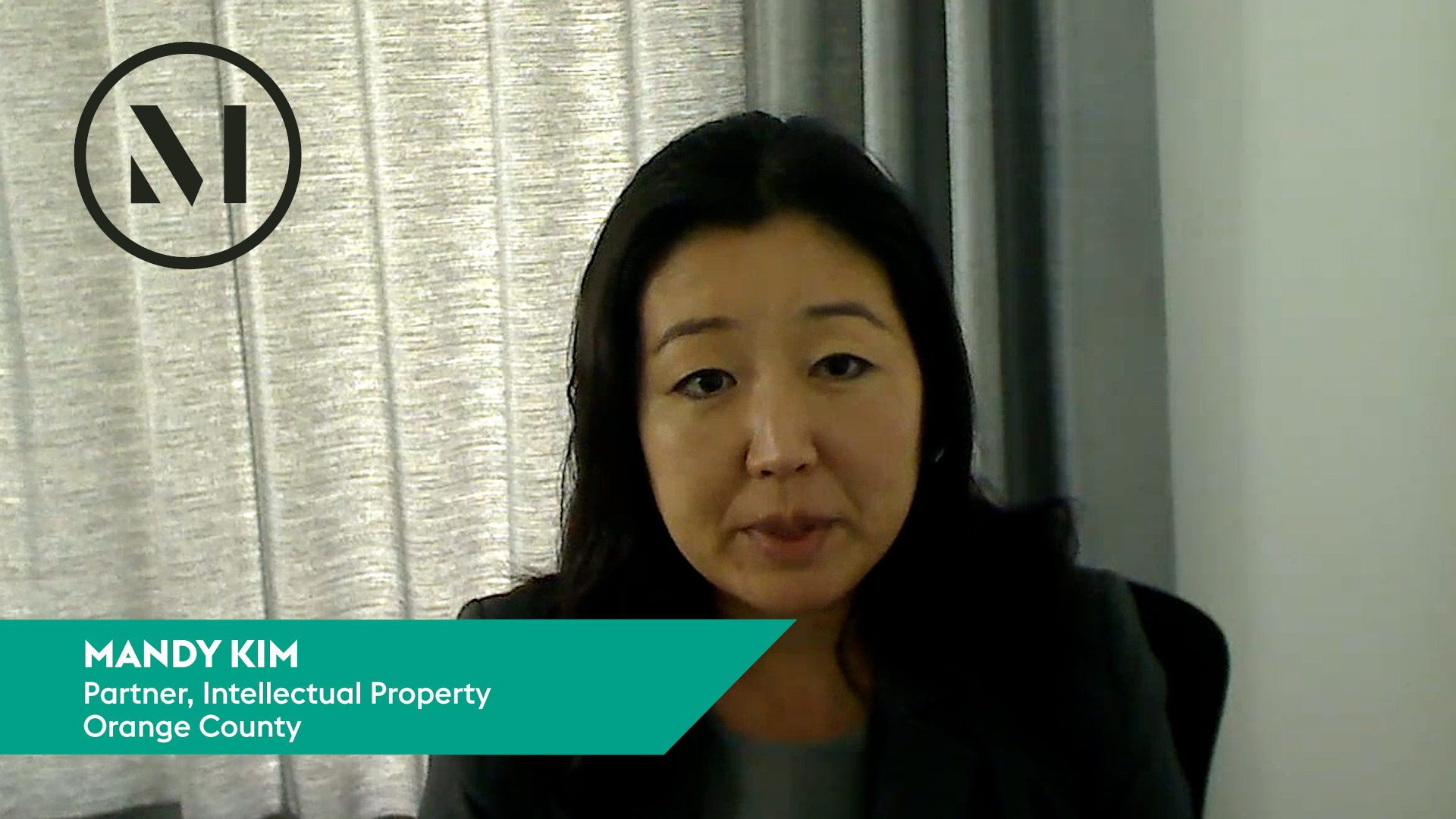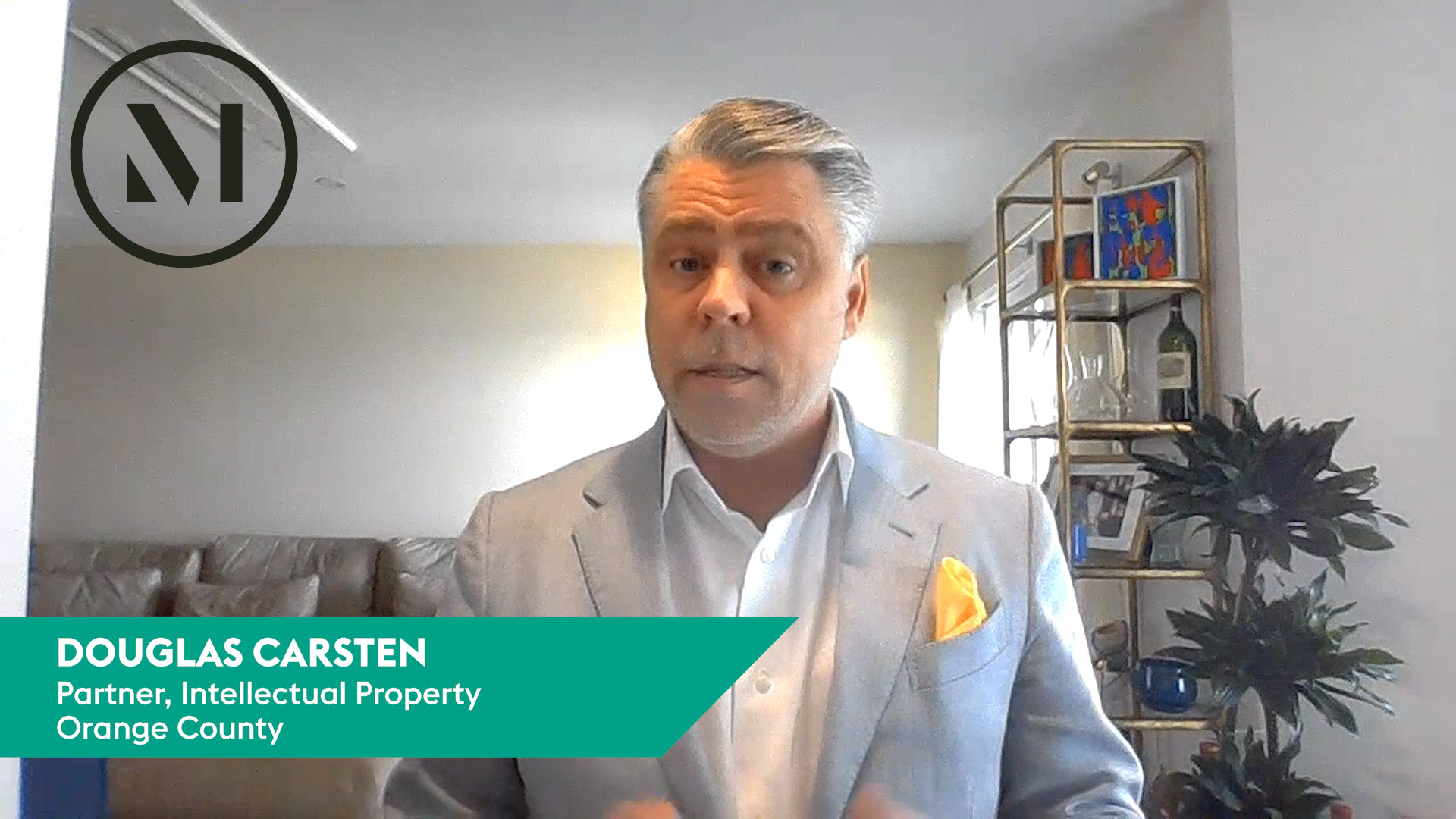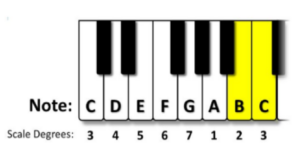Addressing a novel issue, the US Court of Appeals for the Sixth Circuit ruled that a statute of limitations can time-bar a defense in narrow circumstances where a defendant uses it to seek affirmative relief. Garza v. Everly, Case No. 21-5530 (6th Cir. Feb. 10, 2023) (Bush, Guy, JJ.) (Murphy, J., concurring).
After successful careers writing and recording music as the Everly Brothers, Don and Phil Everly disputed copyright ownership of certain songs. Don sued Phil’s estate, seeking declaratory judgment that Don was the sole author of “Cathy’s Clown.” After a bench trial, the district court held that Don repudiated Phil’s co-authorship of “Cathy’s Clown” and Phil failed to reassert his co-authorship rights within the three-year timeframe provided by the Copyright Act. The trial court also ruled that Phil’s estate was “time-barred from asserting he was a co-author as a defense,” since the Copyright Act time-barred him from asserting the same as a claim. Don died in the interim, and Phil’s estate appealed.
There were three issues on appeal:
- Whether the lower court improperly applied the Copyright Act’s scheme for authorship claims
- Whether the finding of Don’s repudiation was erroneous
- Whether the court erred in applying the statute of limitation to Phil’s defense.
Regarding the authorship issue, the Sixth Circuit explained that the Copyright Act allows authors to transfer ownership of works while retaining certain rights, including a termination right that lets authors later reclaim copyright ownership. Phil’s estate argued that because termination rights are inalienable, the trial court erred in finding that Phil was not a co-author since he should have had the opportunity to reclaim his rights. The estate also argued that any statute of limitations regarding Phil reclaiming co-authorship should not have started tolling until all of Phil’s descendants learned of these rights. The Sixth Circuit disagreed, explaining that the lower court properly applied the Copyright Act. Because Phil did not dispute repudiation within the statutory period, the trial court correctly denied his co-ownership. Furthermore, the statute of limitations does not “refresh itself” when an owner dies, because descendants cannot obtain rights a decedent had forfeit.
Addressing the repudiation issue, the Sixth Circuit found ample trial evidence supporting the trial court’s conclusion. The evidence included 1980s vintage letters, phone calls, and a “Release and Assignment” Phil signed containing language relinquishing his co-authorship rights in “Cathy’s Clown.” There was also credible testimony that Don “plainly and expressly repudiated Phil’s authorship” decades prior.
Finally, addressing the statute of limitations defense, the Sixth Circuit affirmed the trial court. In doing so, it noted that Phil’s estate originally argued that Phil remained a co-author of “Cathy’s Clown” as a counterclaim to Don’s suit. It was only after Don successfully argued that the claim was time-barred that Phil’s estate “reframed the counterclaim into a defense.” The Court explained the general policies underpinning statutes of limitation and noted that they typically do not bear on defenses because plaintiffs could otherwise wait out the statutory periods for defenses before suing. However, this [...]
Continue Reading
read more

 Subscribe
Subscribe






